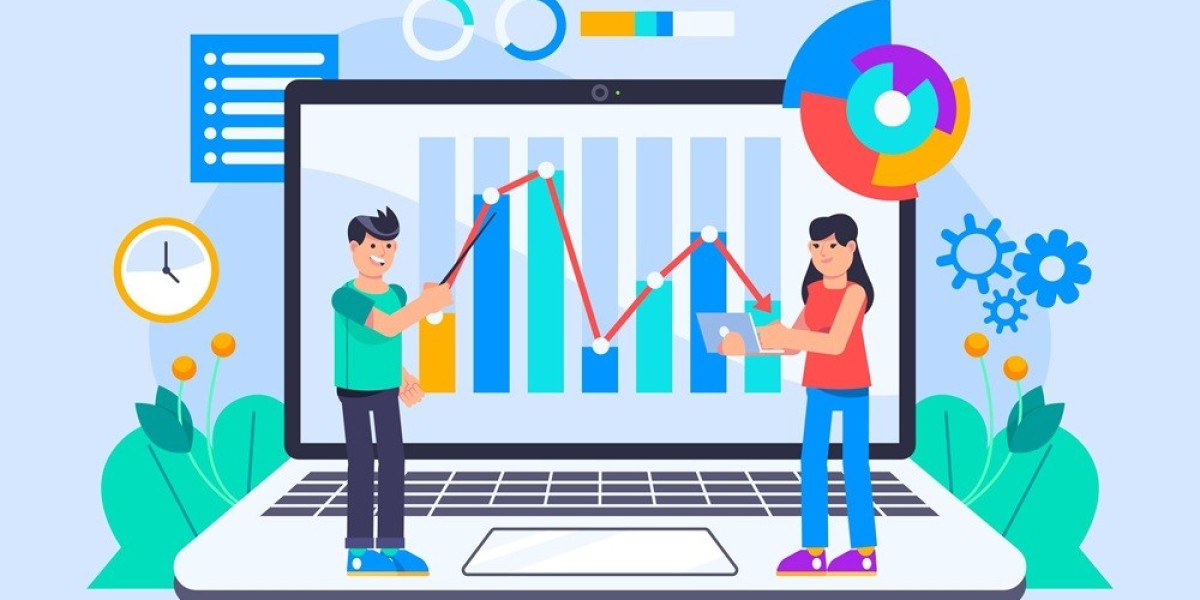Whether you are a business owner, policymaker, or investor, knowing how demand shifts can help you make better decisions. This is where demand analysis comes in. It plays a crucial role in evaluating consumer behavior, predicting market trends, and determining pricing strategies.
Utilize AI-driven demand analysis to understand market trends and optimize decision-making. To know more, visit: https://thousense.ai/pricing
But how exactly does demand analysis in economics work? What factors influence demand, and why does it matter so much? Let’s break it down in a simple yet insightful way.
What Is Demand Analysis?
At its core, demand analysis examines the relationship between the quantity of a product or service consumers are willing to buy and various influencing factors like price, income, and preferences. Businesses and economists use demand analysis in economics to forecast sales, set prices, and make production decisions.
A proper demand analysis answers key questions:
- What factors drive consumer demand?
- How does price affect the quantity demanded?
- What are the long-term trends in demand?
- How sensitive is demand to changes in external factors?
By understanding these aspects, companies can align their production and marketing strategies with market needs.
The Law of Demand and Its Role in Demand Analysis
A fundamental concept in demand analysis in economics is the law of demand. It states that when the price of a product increases, demand for it decreases, and vice versa, assuming all other factors remain constant. This inverse relationship between price and demand helps businesses set competitive prices.
However, real-world demand analysis is not always this straightforward. Several external factors influence demand patterns, making it essential to analyze each market scenario separately.
Key Factors That Influence Demand
Demand analysis considers multiple factors that shape how consumers behave. Some of the most critical include:
- Price of the Product - The primary determinant of demand. A higher price usually reduces demand, while a lower price increases it.
- Income Levels - When people earn more, their purchasing power increases, leading to higher demand for goods and services.
- Consumer Preferences - Trends, branding, and changing consumer tastes influence demand analysis significantly.
- Substitutes and Complementary Goods - If a product has many substitutes, a small price increase can shift demand to competitors. Similarly, if a product is used with another, like cars and fuel, demand changes accordingly.
- Economic Conditions - A booming economy boosts demand, while recessions generally lower it.
- Government Policies and Regulations - Taxes, subsidies, and price controls all impact demand for certain products.
Each of these factors plays a role in shaping real-world demand analysis in economics, helping businesses and policymakers anticipate shifts in market behavior.
Types of Demand Analysis
Demand analysis is not a one-size-fits-all approach. Different methods help assess various aspects of demand. Some of the main types include:
- Price Elasticity of Demand Analysis - Measures how sensitive demand is to changes in price. If demand changes significantly with a small price shift, it is considered elastic. If it remains stable despite price fluctuations, it is inelastic.
- Income Elasticity of Demand Analysis - Examines how demand for a product changes as consumer incomes rise or fall.
- Cross-Elasticity of Demand Analysis - Looks at how the demand for one product changes when the price of a related product (substitute or complement) changes.
- Forecasting Demand - Uses historical data and market trends to predict future demand, helping businesses plan their inventory and pricing strategies.
Each of these approaches contributes to a broader demand analysis in economics, allowing for precise decision-making.
Why Demand Analysis Matters in Business and Economics
Businesses and economists rely on-demand analysis to make informed choices. Here’s why it is essential:
- Pricing Strategies - Knowing how consumers respond to price changes helps businesses set optimal prices.
- Production Planning - Forecasting demand ensures companies produce enough to meet consumer needs without overproducing.
- Market Entry Decisions - Companies entering new markets use demand analysis in economics to assess potential profitability.
- Economic Policy Making - Governments use demand analysis to design policies that control inflation, stabilize markets, and encourage growth.
Without accurate demand analysis, businesses risk overestimating demand and producing excess inventory or underestimating demand and missing out on revenue.
Challenges in Demand Analysis
Despite its importance, demand analysis is not always easy to conduct. Some common challenges include:
- Changing Consumer Behavior - Trends shift rapidly, making demand forecasting tricky.
- External Economic Shocks - Events like financial crises, pandemics, or supply chain disruptions can alter demand unexpectedly.
- Data Limitations - Incomplete or inaccurate data can lead to misleading demand analysis results.
- Market Competition - Rival businesses may influence consumer choices, affecting demand predictions.
Overcoming these challenges requires businesses to constantly update their demand analysis in economics and use advanced analytics tools for better predictions.
The Role of Technology in Modern Demand Analysis
With advancements in technology, demand analysis has become more precise. Businesses now use artificial intelligence (AI) and big data analytics to assess consumer demand in real time.
- AI-Powered Demand Forecasting - AI models analyze vast amounts of data to predict future demand more accurately than traditional methods.
- Real-Time Market Analytics - Businesses track live consumer preferences and adjust their marketing strategies accordingly.
- Automated Pricing Tools - Companies use demand-driven pricing algorithms to adjust prices dynamically based on market demand.
These technologies are revolutionizing demand analysis in economics, making it more efficient and reliable.
Conclusion
Demand analysis is a cornerstone of economics and business strategy. It helps businesses understand consumer behavior, set competitive prices, and plan production efficiently. Whether it's analyzing price elasticity, forecasting future demand, or adjusting to economic conditions, demand analysis in economics plays a vital role in shaping market decisions.
With the rise of AI and big data, demand forecasting has become more precise, enabling companies and policymakers to stay ahead of market trends. By continuously analyzing demand, businesses can adapt to changing consumer preferences and economic conditions, ensuring long-term success.
Source: https://phileo.me/blogs/327402/How-Does-Demand-Analysis-Work-in-Economics



